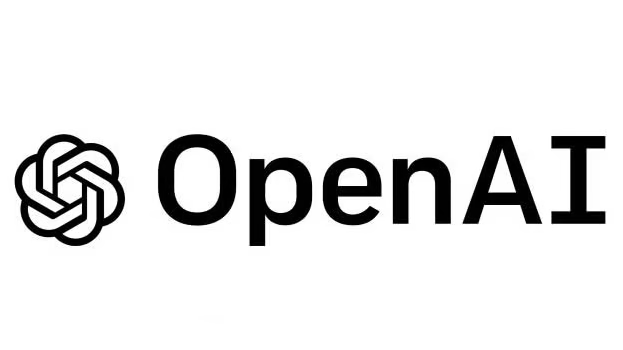Tesla, a prominent player in the electric vehicle and autonomous driving space, rolled out significant updates to its Autopilot driver-assistance system in early April 2025. These enhancements, aimed at improving functionality and reducing driver workload, arrive at a time when advanced driver-assistance systems (ADAS) and the pursuit of full self-driving capabilities face increasing regulatory scrutiny and public debate regarding safety and reliability.
The latest software update introduces refinements and potentially new capabilities to Tesla’s suite of features marketed under the Autopilot and Full Self-Driving (FSD) banners. Key enhancements often focus on improving existing functionalities like ‘Navigate on Autopilot’, which guides the car from highway on-ramp to off-ramp, including suggesting and performing lane changes, navigating interchanges, and automatically engaging the turn signal. Updates frequently involve improving the system’s perception of its surroundings, refining decision-making algorithms for smoother lane changes or better handling of complex traffic scenarios, and enhancing visualization cues provided to the driver on the central touchscreen.
Specific features mentioned in recent reports include improvements to Auto Lane Change functionality, aiming for more seamless and confident maneuvers, and further developments within the FSD Capability package. FSD, often available as a subscription or outright purchase, represents Tesla’s ambition towards achieving full autonomy, although it currently still requires active driver supervision. Updates to FSD might involve expanding its operational domain, such as improving performance on city streets (‘Autosteer on City Streets’ feature, still in beta), enhancing traffic light and stop sign recognition and response, or improving maneuvers like turning at intersections. Tesla relies heavily on data collected from its vast fleet of vehicles to train its neural networks, meaning updates often incorporate learnings from billions of miles driven, aiming for incremental improvements in performance and safety.
The rollout of these advanced features occurs against a backdrop of continued discussion and investigation into the safety and marketing of ADAS like Autopilot. Regulators globally, including the National Highway Traffic Safety Administration (NHTSA) in the US, are closely examining incidents involving vehicles where Autopilot or similar systems were engaged. Concerns often revolve around the potential for driver over-reliance or misuse of the technology, the effectiveness of driver monitoring systems designed to ensure attentiveness, and the system’s limitations in handling unexpected or ‘edge case’ scenarios on the road. The very name ‘Autopilot’ and ‘Full Self-Driving’ has drawn criticism for potentially misleading consumers about the systems’ current capabilities, implying a level of autonomy that is not yet achieved according to standardized levels (Tesla’s systems are generally considered Level 2 ADAS).
Tesla maintains that its systems, when used correctly with an attentive driver, significantly enhance safety compared to manual driving, citing internal data on accident rates. The company emphasizes that drivers must remain fully engaged and ready to take control at any moment. The updates are presented as part of an ongoing development process, pushing the boundaries of vehicle automation while navigating the complex technical, ethical, and regulatory challenges inherent in this field. The April 2025 feature release underscores Tesla’s commitment to advancing its autonomous driving technology through iterative software updates, even as the broader industry grapples with defining safe deployment strategies and ensuring public trust in increasingly automated vehicles. The reception and real-world performance of these latest enhancements will be closely monitored by consumers, competitors, and regulators alike.
Source: Nucamp Blog

